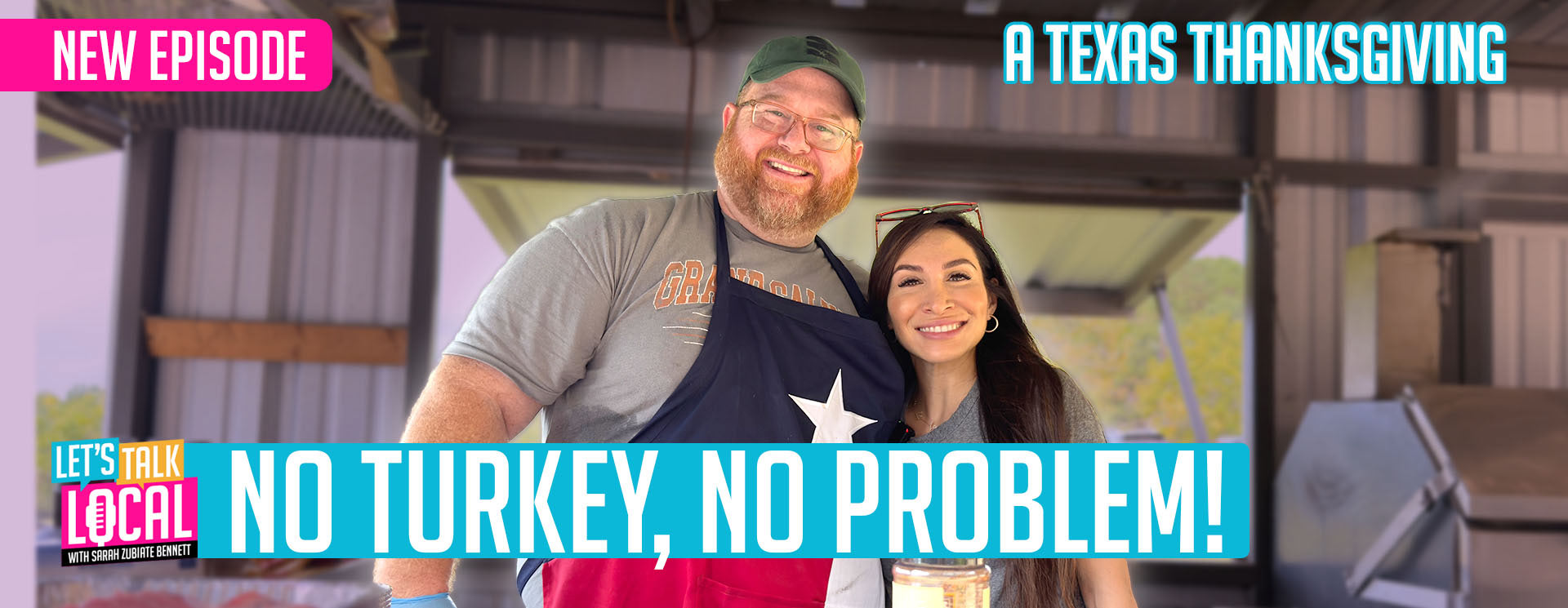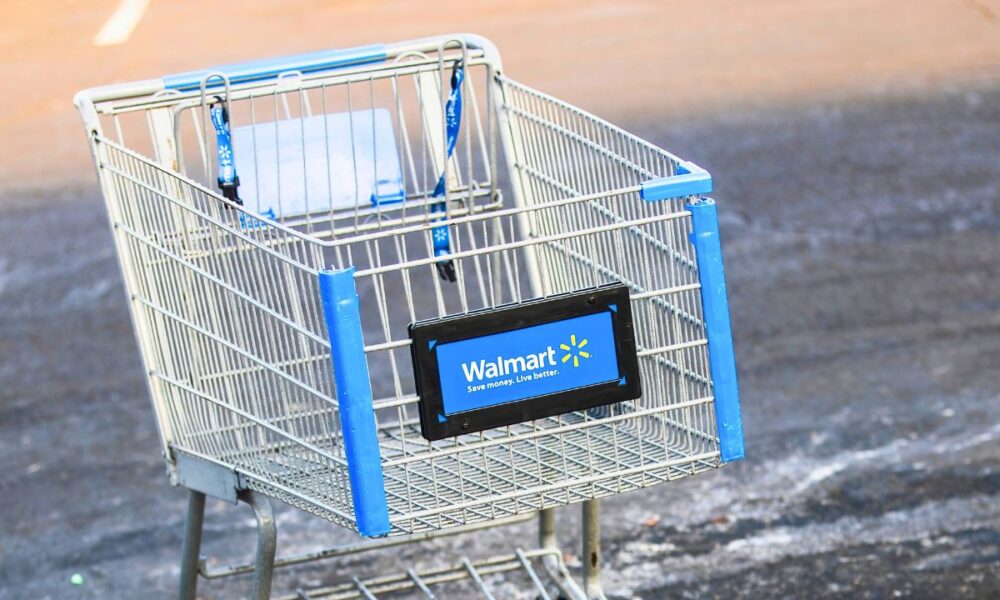Walmart says its stores will remain open as a possible lapse in food aid threatens to disrupt shopping patterns nationwide.
A Walmart spokesperson told The Dallas Express via telephone on Wednesday that “Walmart stores will be open,” and implied that the company would be monitoring the situation closely. The potential suspension of Supplemental Nutrition Assistance Program (SNAP) benefits could significantly impact retailers nationwide, particularly those heavily reliant on lower-income shoppers.
The looming halt in benefits, set to begin November 1 if the government shutdown continues, would cut off food aid for roughly 42 million Americans.
Analysts and economists have warned that the shock could ripple across the retail sector, reducing grocery sales, depressing discretionary spending, and potentially leading to increased theft.
Walmart captures roughly 25% of all SNAP-related grocery and general merchandise spending—more than any other U.S. retailer, according to a recent analysis by Numerator.
| Rank | Retailer | Share of SNAP-household grocery spend (Per Numerator) |
|---|---|---|
| 1 | Walmart | 25% |
| 2 | Kroger | 8% |
| 3 | Costco | 6% |
| 4 | Albertsons | 5% |
| 5 | Sam’s Club | 4% |
The Numerator study found that SNAP users spend an average of $832 per month on groceries—about 20% more than non-SNAP households—but exhaust their benefits before the month’s end in 86% of cases. Despite this, “over four in five SNAP users’ benefits don’t last the full month,” the report stated. “SNAP households are saying their nutritional needs are not being met.”
Industry associations say the suspension could upend retail operations. The National Grocers Association noted that grocers often plan staffing and inventory around benefit cycles, meaning a lapse could lead to “reduced employee hours, perishable food losses, and declining sales,” per CNBC.
Consumer behavior data suggest that a temporary halt could have far-reaching consequences. As benefits dry up, shoppers often shift toward lower-margin staples, delay larger purchases, and turn to food banks for assistance. Wolfe Research analyst Spencer Hanus reportedly wrote that there would likely be “an immediate effect on the purchasing mix” and a potential for more theft as food budgets dry up.
Videos circulating on social media have shown some individuals threatening to steal if benefits are cut off, raising concerns among retailers and law enforcement. Research suggests those fears may have empirical backing.
A peer-reviewed study examining changes to SNAP issuance schedules in Illinois and Indiana found that staggering benefit disbursements reduced overall crime by up to 13% and theft at grocery stores by roughly 11%. The authors concluded that better distribution timing helped families “smooth… consumption and avoid resource scarcity at the end of the month.”
The stakes are particularly high given Walmart’s scale. More than 94% of SNAP shoppers have made a purchase at Walmart in the past year, spending an average of $2,653 annually, according to Numerator’s SNAP scorecard.
Historically, no government shutdown in recent memory has lasted long enough to halt SNAP payments entirely. The 35-day 2018–2019 shutdown, the longest in U.S. history, depleted administrative funds but did not interrupt benefit distribution. However, the current impasse is now in its fourth week, and federal officials have stated that aid disbursements will cease unless congressional action is taken.
The shutdown is currently poised to continue and can not end until some combination of 60 Republican and Democratic senators strikes a deal on spending. The latest Senate vote failed 54-45, with two Democrats and one Independent, John Fetterman (D-PA), Catherine Cortez Masto (D-NV), and Angus King (I-ME) joining Republicans to advance the House spending package.


